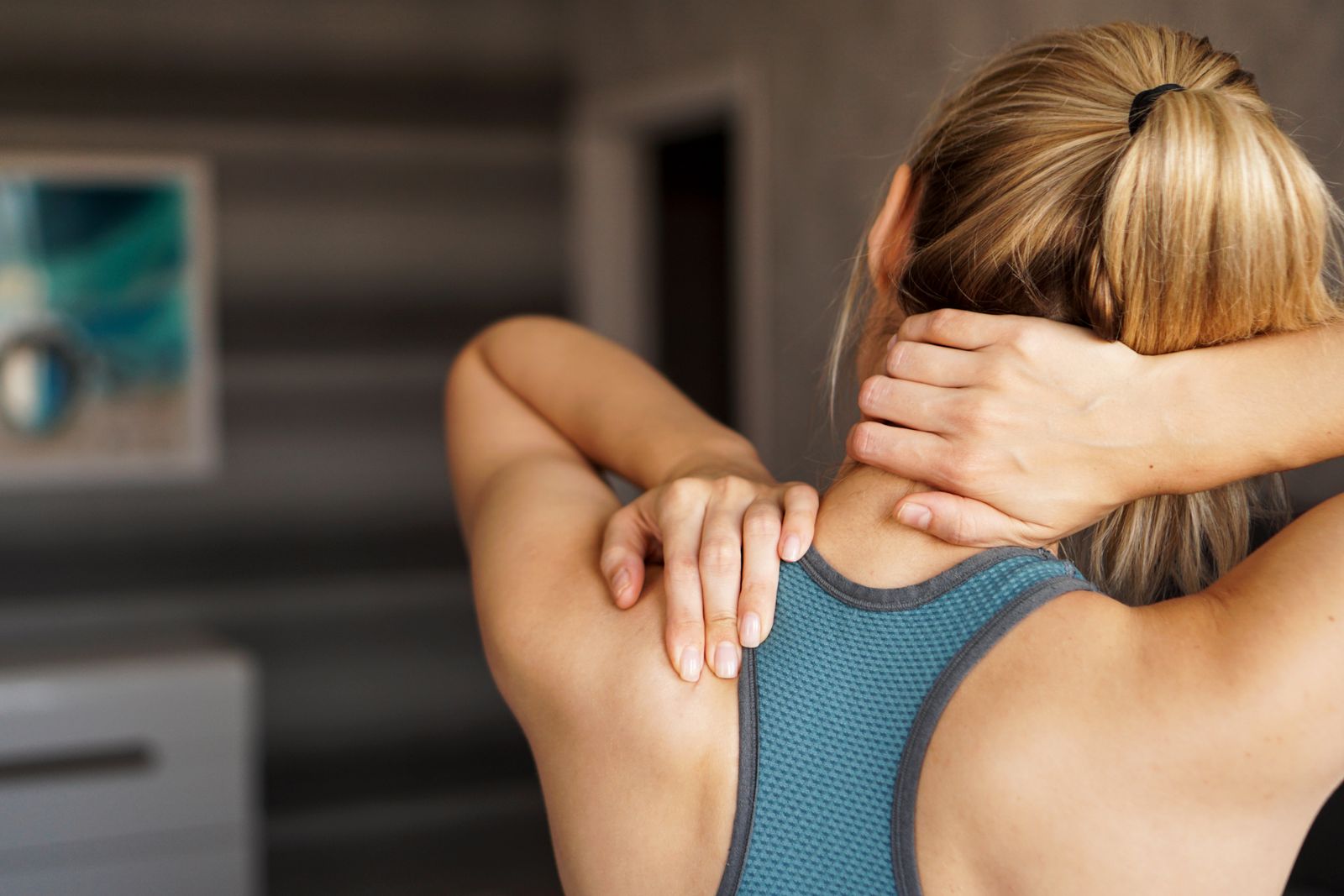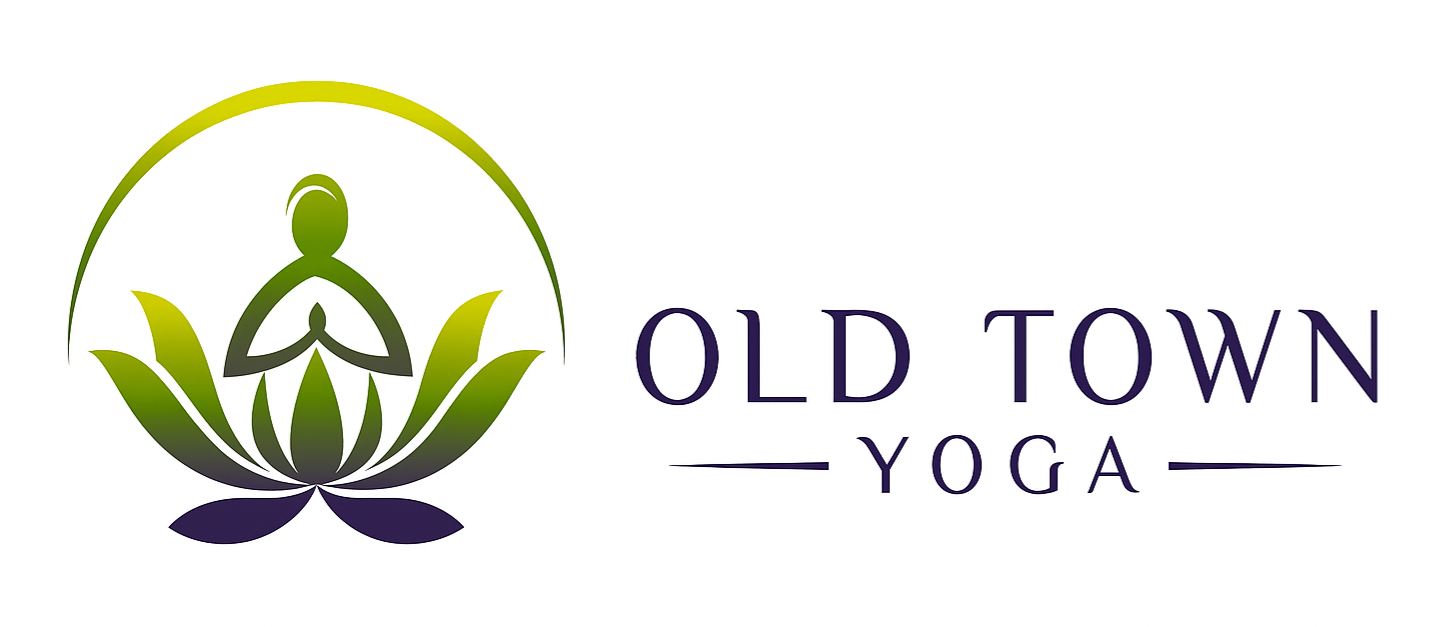Yoga is a powerful tool that can help you improve your physical and mental well-being. One area where yoga can be particularly effective is in relieving tension and pain in the upper back, neck, and shoulders. These areas are prone to tension and discomfort due to poor posture, stress, and repetitive movements. Fortunately, yoga offers a variety of poses and practices that can help alleviate this discomfort and improve overall upper body strength and flexibility.
Yoga for Upper Back, Neck, and Shoulder Relief: Poses and Practices to Ease Tension and Improve Strength

In this article, we’ll explore some of the best yoga poses and practices for the upper back, neck, and shoulders, along with their benefits and modifications to make them accessible for all levels of practitioners.
- Downward-Facing Dog (Adho Mukha Svanasana)
Downward-Facing Dog is a foundational yoga pose that can help stretch the entire spine, including the upper back, neck, and shoulders. It also strengthens the arms and legs, which can help relieve tension in the upper body.
To practice Downward-Facing Dog, start on your hands and knees with your hands shoulder-width apart and your knees hip-width apart. Exhale and lift your knees off the floor, keeping them slightly bent. Lengthen your tailbone toward the ceiling and press your hands firmly into the mat. Stay in this pose for several breaths, then release.
Modifications: If you have tight hamstrings or shoulders, you can bend your knees slightly or place your hands on blocks to make the pose more accessible.
- Cat-Cow (Marjaryasana-Bitilasana)
Cat-Cow is a gentle, flowing movement that helps stretch and mobilize the entire spine, including the upper back, neck, and shoulders. It can also help relieve tension in the hips and improve overall posture.
To practice Cat-Cow, start on your hands and knees with your hands shoulder-width apart and your knees hip-width apart. Inhale and arch your back, lifting your head and tailbone toward the ceiling (Cow pose). Exhale and round your spine, tucking your chin to your chest and pressing your hands and knees into the floor (Cat pose). Continue flowing between these two poses for several breaths.
Modifications: If you have wrist or knee pain, you can use blocks or blankets to cushion your hands or knees.
- Eagle Arms (Garudasana)
Eagle Arms is a simple but effective pose that helps release tension in the upper back and shoulders. It also strengthens the arms and improves overall posture.
To practice Eagle Arms, sit or stand with your arms at your sides. Bring your right arm over your left arm, bending both elbows so that your forearms are perpendicular to the floor. Wrap your right hand around your left wrist, or bring your palms together if you can. Lift your elbows to shoulder height and draw your shoulder blades down your back. Hold for several breaths, then release and repeat on the other side.
Modifications: If you have limited shoulder mobility, you can practice this pose with your hands on your shoulders instead of wrapping your arms.
- Thread the Needle (Parsva Balasana)
Thread the Needle is a restorative pose that helps stretch the upper back and shoulders while also promoting relaxation and stress relief.
To practice Thread the Needle, start on your hands and knees with your hands shoulder-width apart and your knees hip-width apart. Inhale and lift your right arm toward the ceiling. Exhale and thread your right arm underneath your left arm, reaching your right shoulder and ear toward the mat. Hold for several breaths, then release and repeat on the other side.
Modifications: If you have neck or shoulder pain, you can use a block or bolster to support your head and shoulder in this pose.
- Shoulder Rolls
Shoulder Rolls are a simple but effective practice to release tension in the neck and shoulders. This practice can be done seated or standing and can be modified to be gentle or more intense.
To practice Shoulder Rolls, start with your arms at your sides. Inhale and lift your shoulders up toward your ears. Exhale and roll your shoulders back and down, squeezing your shoulder blades together. Continue rolling your shoulders in a circular motion, inhaling as you lift them up and exhaling as you roll them back and down. Repeat for several rounds, then switch directions.
Modifications: If you have limited shoulder mobility or pain, you can practice this movement more gently or with smaller circles.
Incorporating these yoga poses and practices into your routine can help relieve tension and pain in the upper back, neck, and shoulders, while also improving overall strength and flexibility. Remember to listen to your body and modify the poses as needed to suit your individual needs and level of comfort. With consistent practice, you can build a stronger and more resilient upper body and experience greater overall well-being.
